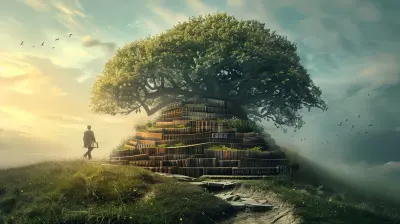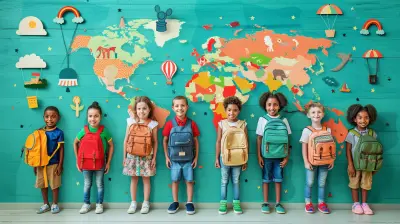How to Use Art to Teach Historical Events and Social Movements
3 August 2025
Let’s be honest—history class hasn't always had the best reputation. We’ve all been there, sitting through slideshows packed with dates, battles, and names long forgotten. But what if we flipped the script? What if, instead of memorizing timelines, we felt history through brushstrokes, colors, and powerful imagery?
Welcome to the captivating world of using art as a tool to teach historical events and social movements. It’s like unlocking a time machine that doesn’t buzz with technical jargon but hums in emotion, symbolism, and raw human expression.
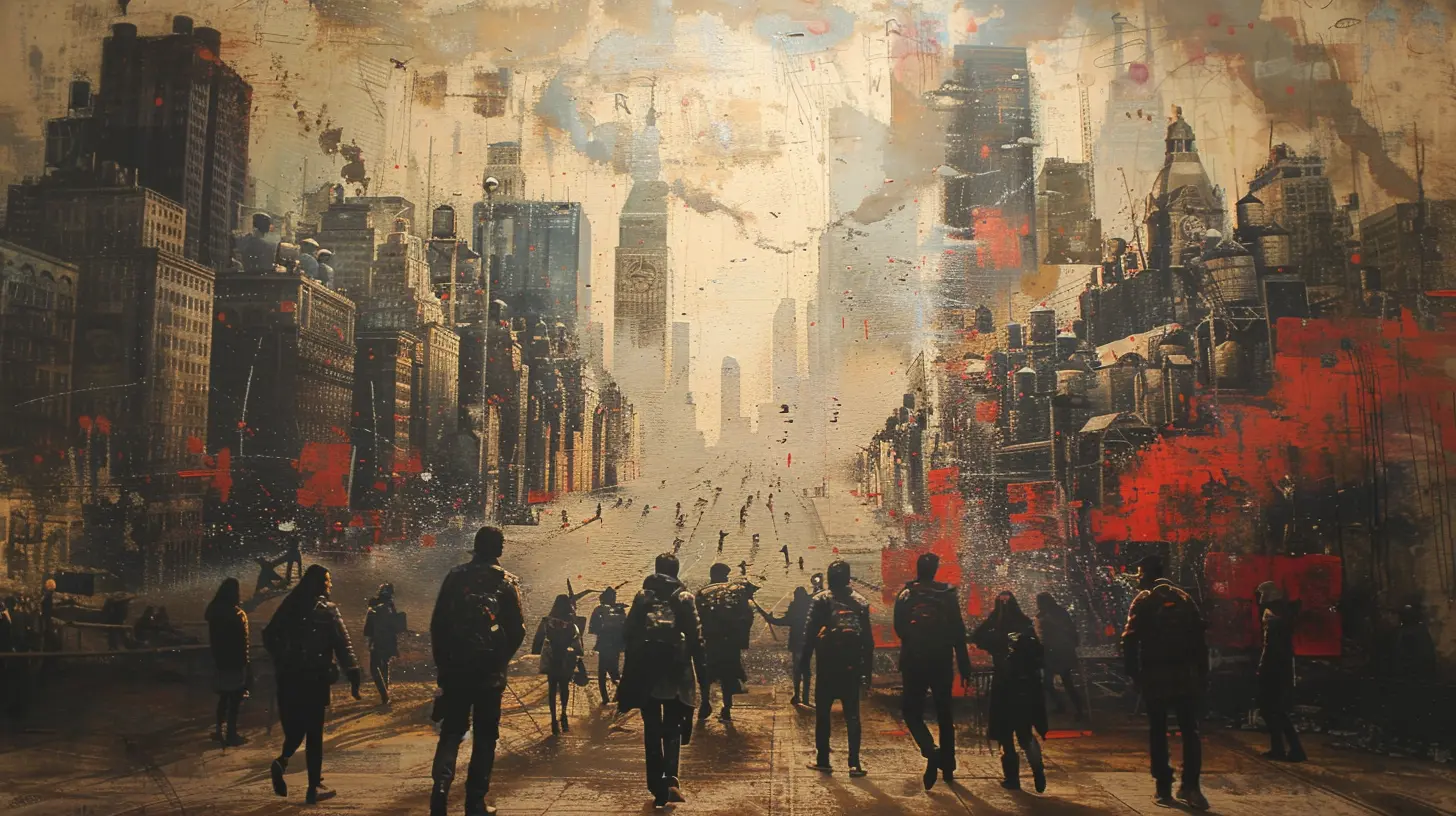
Why Art Makes History Come Alive
First things first—why even use art to teach history? Isn’t art its own subject?Sure, but here’s the thing: art and history are like peanut butter and jelly. They just work beautifully together. Art reflects the spirit of its time. Whether it's a Renaissance masterpiece, a protest poster, or a graffiti-covered wall, each piece tells a story beyond the aesthetics.
Art helps students connect emotionally with the past. Looking at Picasso’s "Guernica"? That’s not just a painting; it’s a gut-punch about the horrors of war. No textbook can do that in the same way.
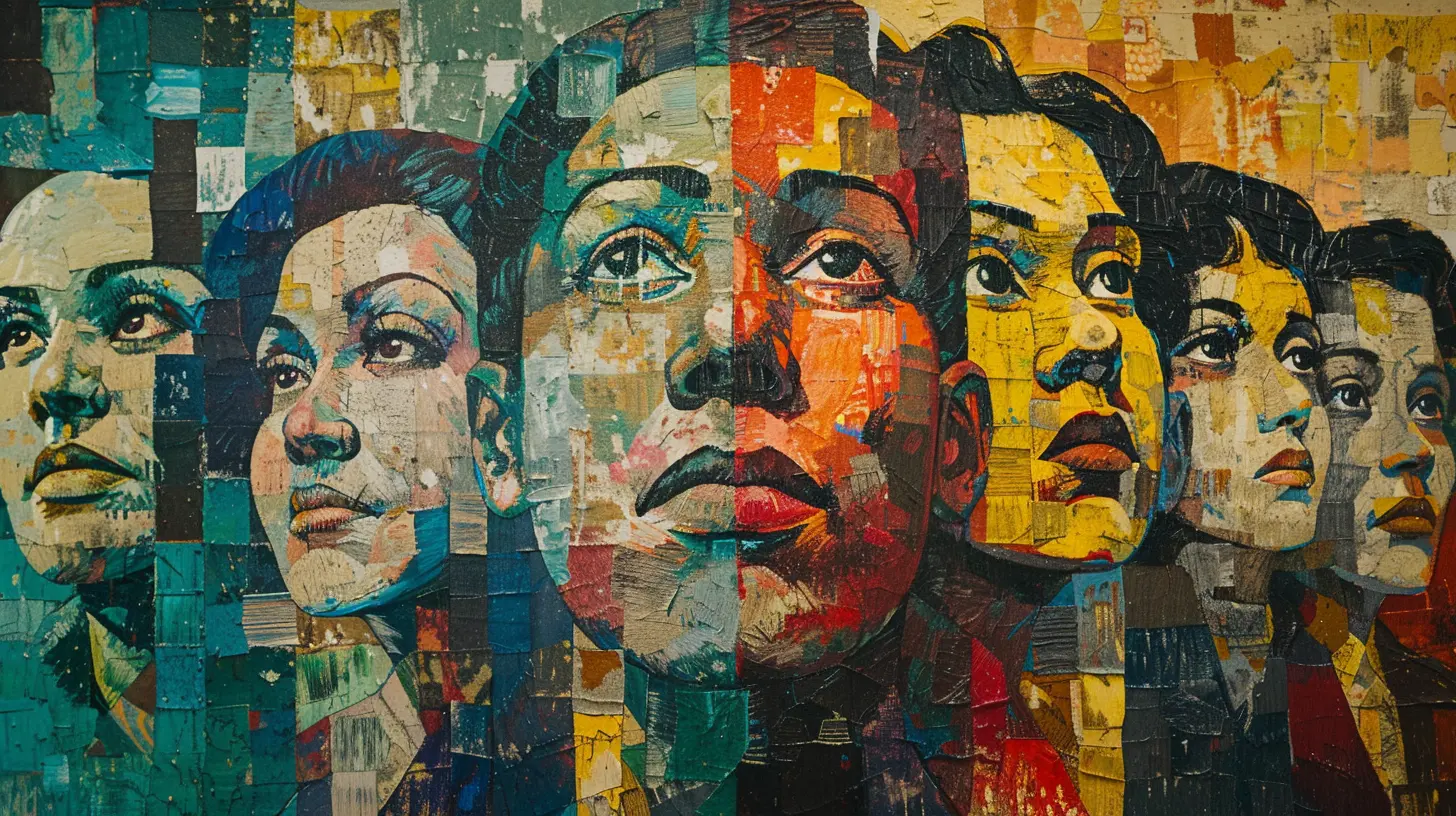
Art as a Mirror of History
Art doesn’t just decorate history—it documents it. When we view historical art, we’re not just seeing colors or style, we’re seeing what people valued, feared, or fought for at the time.Visual Storytelling
Let’s take a trip back to Ancient Egypt. Hieroglyphics aren’t just doodles—they were storytelling tools. Fast forward to the 20th century? World War II propaganda posters told tales of nationalism, sacrifice, and fear. Those are stories you see, not just read.Emotional Engagement
History can seem distant, abstract, and... well, boring. But art has this sneaky way of pulling you in. Looking at a photograph from the Civil Rights Movement? You feel the tension, the courage, and sometimes, the pain.That emotional connection is powerful. It helps students remember not just the facts, but the feeling of the moment. And let’s face it, feelings stick better than bullet points.

Teaching Social Movements through Art
Social movements are all about change—and what’s more expressive than art? From banners waved during protests to songs sung in defiance, art has always been a megaphone for the oppressed.Visuals of Protest
Think of the Black Lives Matter murals. Think of the rainbow-painted steps symbolizing the LGBTQ+ movement. These aren’t just artistic—it’s activism on display. Show students these powerful visuals, and you show them courage, resilience, and hope.You can teach about women's rights through wartime posters asking women to join the workforce. Or you can dive into feminist art showing the struggle against gender inequality.
Art as Resistance
During apartheid in South Africa, art was secretly made and smuggled out to tell the world what was really happening. In Nazi Germany, underground drawings and poems kept the spirit alive. When you teach students this, you show them that art is power.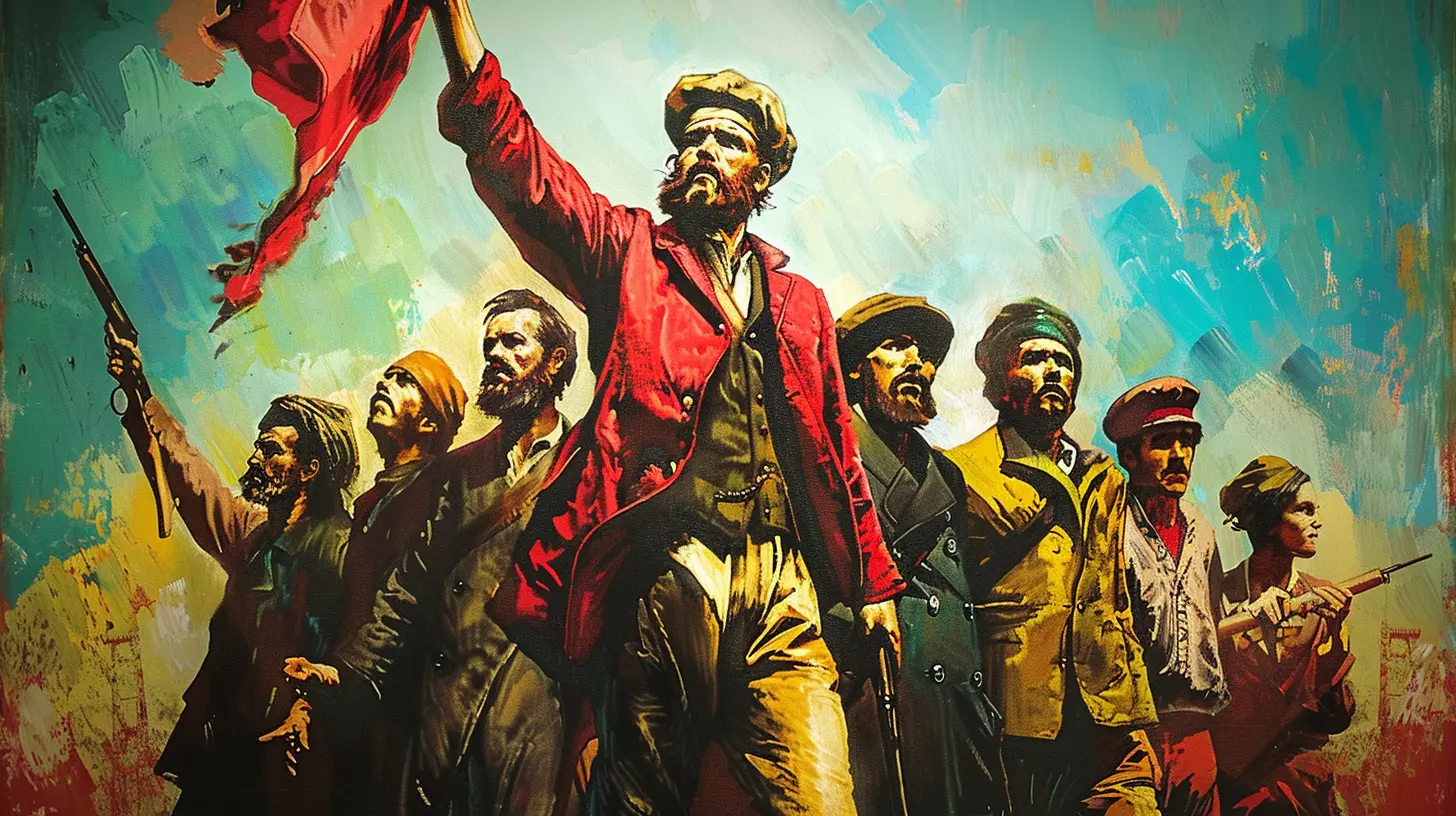
Making Connections: Then and Now
Here’s where it gets even cooler. When students analyze historical art and compare it to modern works, they start seeing the patterns. Suddenly, history isn’t just the past—it’s personal, it’s political, and it’s happening around them.Then: The Great Depression
Take Dorothea Lange’s photographs of people during the Dust Bowl.Now: Photos of refugee camps in Syria.
See the connection? The faces might change, but the struggles echo across generations.Then: Suffragette posters demanding the right to vote.
Now: Women’s March placards calling out gender equality.
History repeats, but it also evolves. Help students trace those lines through art.Strategies for Using Art in the Classroom
Alright, now let’s get practical. How do you actually bring this into your classroom or curriculum?1. Analyze Art Like Text
Just like you’d analyze a poem or essay, you can do the same with art. Teach students to ask:- What’s going on in this picture?
- What do the colors and symbols represent?
- Who made it and why?
This sparks critical thinking and transforms students from passive learners into curious detectives.
2. Compare Multiple Mediums
Pair an iconic photograph with a political song. Show a protest poster alongside a newspaper article. Let students compare how different mediums tackle the same issue. They’ll see the nuance and diversity in storytelling.3. Encourage Student-Created Art
Flip the script—let students become the artists. After studying a historical event or movement, ask them to create their own interpretive art piece. It can be a painting, a poem, a collage, or even a digital design. This not only reinforces learning but makes it personal.One high school student might paint a modern-day version of the Boston Tea Party, while another might film a spoken-word performance about immigration reform. You’ll be shocked at how creative and insightful this generation really is.
4. Virtual Museum Tours and Online Exhibits
Can’t take a field trip? No problem. Sites like Google Arts & Culture or The Smithsonian offer virtual access to thousands of artifacts and artworks. Guide your students through a curated tour—point out themes, ask open-ended questions, and let them react.5. Time Capsule Projects
Assign students to create a "visual time capsule" of a particular era, combining actual art from the time with their own interpretations. This helps them dig deep and understand the mood, struggles, and stories of historical periods.
Art Across Cultures and Continents
Let’s not keep the lesson local. History is global, and so is art. Make space for discussing Indigenous art forms, African tribal art, Asian calligraphy, Middle Eastern mosaics—the list goes on.Not only does this broaden historical understanding, but it also speaks volumes about diversity, inclusion, and respect. Plus, students from different backgrounds often feel more seen when their cultures are acknowledged.
Challenges... and How to Tackle Them
Of course, there are a few speed bumps. You might face challenges like budget restrictions, lack of resources, or just not feeling confident analyzing art. Guess what? That’s totally normal.Here’s what you can do:
- Start small. Use a single image to kick off a lesson.
- Use free resources. So many museums and educational nonprofits offer free lesson plans and image libraries.
- Collaborate with the art teacher. Team up and blend your expertise!
- Let the students explore. Their interpretations can be just as enlightening as any textbook.
Art as a Bridge to Empathy
At its heart, using art to teach history fosters empathy. When students see the haunting eyes in a Holocaust painting or the vibrant defiance in a Pride mural, they step into someone else’s shoes for a moment.Isn’t that what education’s all about?
Art has this magical way of bypassing our defenses. It doesn’t need a thesis or a lecture—it just hits you. So when we use it in the classroom, we’re not just teaching history; we’re cultivating compassion, curiosity, and critical thinking.
Wrapping It All Up
So, how can you use art to teach historical events and social movements? You tap into its power to show rather than tell. You use it to open doors to conversations that matter. And most importantly, you let your students create, analyze, and connect with the past in a way that feels real.History doesn’t have to be a list of dates and dead people. With art, it turns into a living, breathing story—and your students get to be a part of it.
all images in this post were generated using AI tools
Category:
Art EducationAuthor:

Olivia Chapman
Discussion
rate this article
1 comments
Starla Campbell
This article insightfully highlights the power of art in education, fostering deeper understanding of historical events and social movements while engaging students' creativity and critical thinking skills.
August 9, 2025 at 3:01 AM

Olivia Chapman
Thank you for your thoughtful comment! I'm glad you found the article useful in showcasing how art can enhance educational engagement and understanding.
